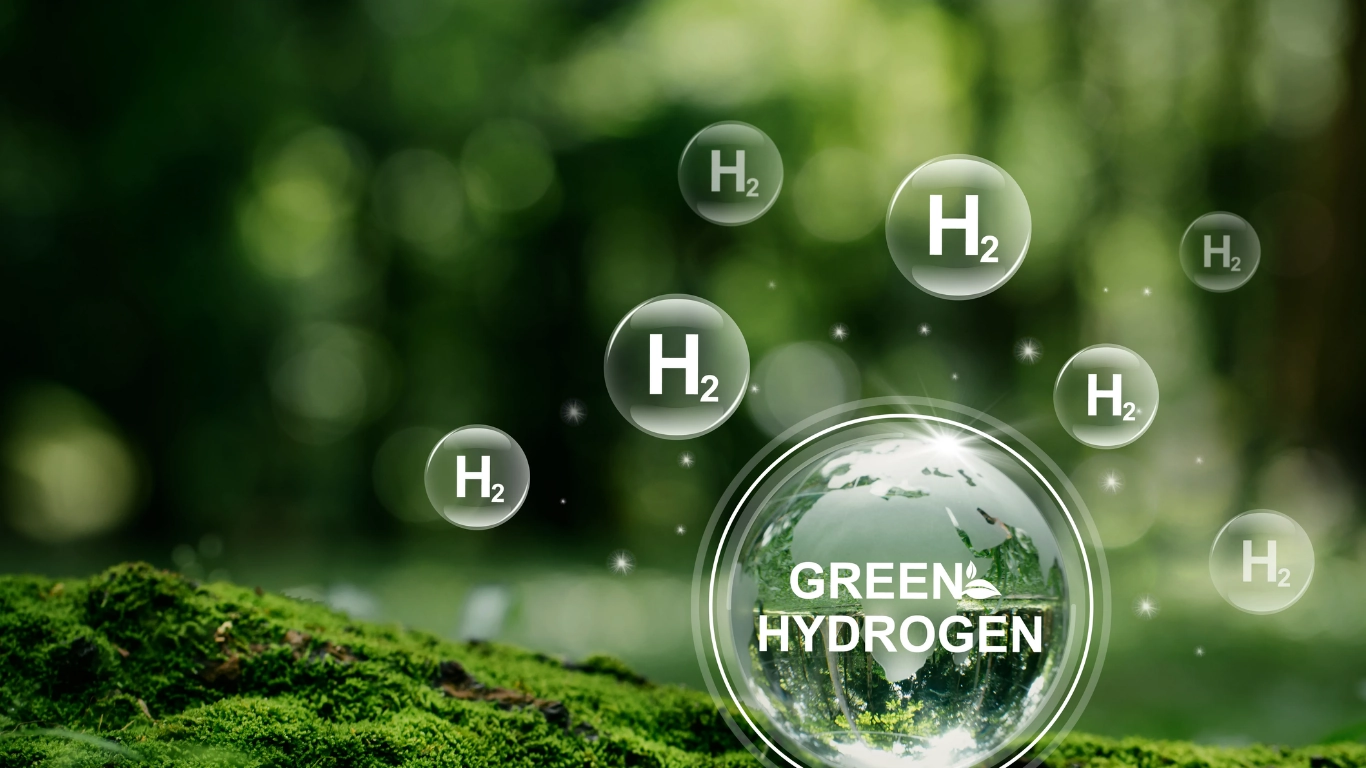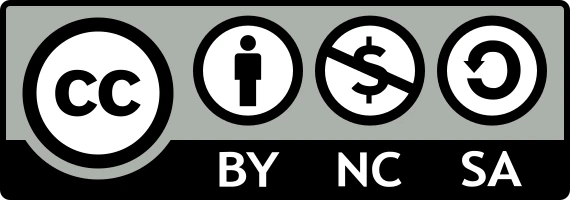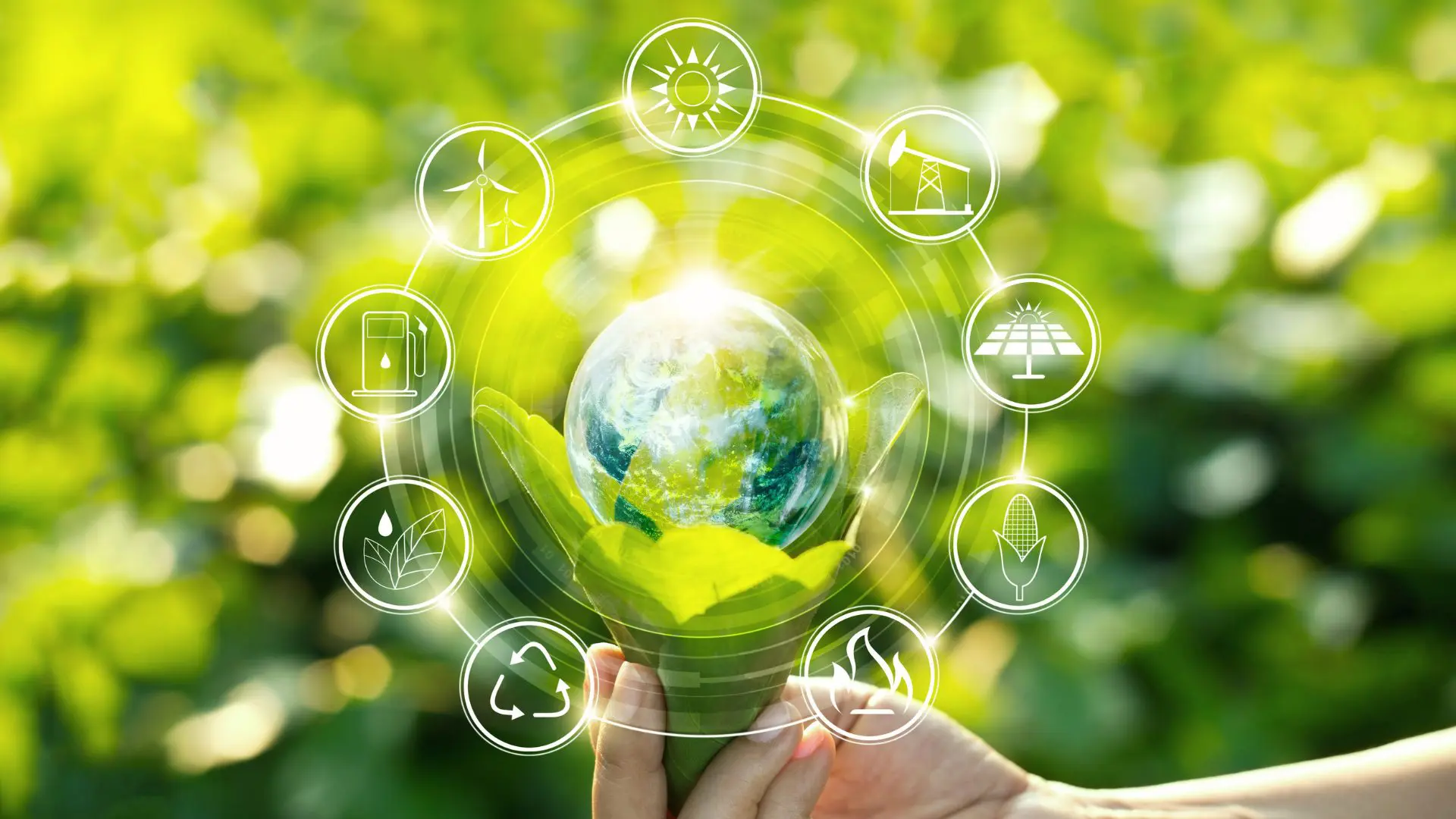No products in the cart.

Green Hydrogen: The Future of Renewable Energy?
Contents
- 1. Introduction
- 2. Types of Hydrogen
- 3. Hydrogen: Strengths and Limitations
- 4. The Future of Green Hydrogen: Hype vs. Reality
- 5. Policy, Economics, and the Green Hydrogen Dilemma
- 6. Conclusion
- 7. References
- Further Info: Independent Resources on Renewable & Decentralized Energy
- Frequently Asked Questions on Green Hydrogen
- How does green hydrogen adoption vary by region?
- Which countries are leading green hydrogen investment and why?
- What are the local economic benefits of green hydrogen production?
- What role does green hydrogen play in local energy grids?
- Are there environmental risks to large-scale green hydrogen production in specific regions?
- How does green hydrogen impact local job markets?
- How do different regulatory frameworks affect green hydrogen growth?
- Is local production or hydrogen imports more viable for specific countries?
- What local infrastructure is needed to make green hydrogen scalable?
- How will hydrogen pricing evolve in different markets?
- Author
1. Introduction
2. Types of Hydrogen
A. Gray Hydrogen
Gray hydrogen is the most prevalent and, paradoxically, the most environmentally detrimental. It is produced through steam methane reforming (SMR), a process that extracts hydrogen from natural gas while releasing large quantities of carbon dioxide into the atmosphere. This method is not an aberration—it is the foundation of today’s hydrogen economy. The dependence on gray hydrogen underscores an inconvenient truth: hydrogen, in its dominant form, is still firmly tethered to the fossil fuel industry. Advocates of the hydrogen transition seldom acknowledge this paradox, yet it is one that cannot be ignored. If hydrogen is to be a genuine force for sustainability, then its production methods must evolve beyond those that perpetuate the very emissions they seek to eliminate.B. Blue Hydrogen
Blue hydrogen attempts to rectify the deficiencies of its gray counterpart by incorporating carbon capture and storage (CCS) to mitigate emissions. At first glance, this appears to be a logical intermediary step toward decarbonization—an elegant compromise between industrial feasibility and environmental responsibility. However, the efficacy of CCS is far from assured. Current CCS technologies are nascent at best, plagued by inefficiencies, high costs, and the ever-present risk of carbon leakage. Even if carbon is successfully sequestered, the infrastructure required to maintain it in perpetuity introduces additional complexities. Is blue hydrogen truly a sustainable solution, or is it a calculated attempt to extend the lifespan of fossil fuel industries under a veneer of green rhetoric? The answer, as with many energy debates, hinges on the distinction between intent and outcome.C. Green Hydrogen
Green hydrogen is the ideological antidote to the shortcomings of its predecessors. Derived through electrolysis—using renewable electricity to split water molecules—it is often portrayed as the paragon of clean energy. The appeal is undeniable: a process that transforms water into a potent energy carrier, emitting nothing but oxygen in return. Yet, as with all idealized visions, reality introduces a series of formidable barriers. Electrolysis, while conceptually elegant, remains an energy-intensive process with significant inefficiencies. A substantial portion of the electricity input is lost during conversion, raising the question: is it truly justifiable to divert large amounts of renewable energy toward hydrogen production when direct electrification of industries, transport, and grid systems may offer a more efficient pathway? Moreover, the large-scale deployment of green hydrogen would necessitate an unprecedented expansion of renewable energy infrastructure, with implications that extend beyond mere economics. Land use concerns, resource constraints, and geopolitical competition for materials such as rare earth metals further complicate its feasibility. Thus, we return to the central dilemma: Can green hydrogen overcome these practical challenges and emerge as a scalable energy solution? Or will it remain, like so many energy revolutions before it, an aspirational technology constrained by the realities of physics and economics?3. Hydrogen: Strengths and Limitations
A. Strengths
Hydrogen has gained significant attention as a potential energy carrier due to its unique characteristics. Unlike traditional fuels, it offers a high energy-to-weight ratio, making it particularly attractive for industries where weight and storage constraints are critical. This is especially relevant for sectors such as aviation, maritime transport, and heavy industry, where alternative solutions remain limited. Another key advantage is its versatility. Hydrogen is not confined to a single sector but can be integrated across multiple industries. It serves as a clean alternative in areas where direct electrification faces technical or economic challenges, such as long-haul transport, high-temperature industrial processes, and large-scale energy storage.- Zero emissions at the point of use: When consumed in fuel cells, hydrogen generates only water as a byproduct, making it an environmentally attractive option in end-use applications.
- Potential for grid stability: Hydrogen can act as an energy storage medium, absorbing surplus electricity from intermittent renewable sources and mitigating fluctuations in power supply.
B. Limitations
Despite its potential, hydrogen is not without obstacles. One of the most pressing challenges is infrastructure. Unlike conventional fuels or electricity, hydrogen requires specialized production facilities, dedicated pipelines, and advanced storage solutions. At present, these systems exist only on a limited scale, necessitating substantial investment to enable widespread adoption. Cost is another major factor. While hydrogen can be produced in various ways, green hydrogen—generated via electrolysis using renewable electricity—remains expensive. The high energy requirements of electrolysis, combined with the current cost of renewables, make large-scale production economically challenging.- Efficiency concerns: Hydrogen undergoes multiple conversion steps—production, storage, transportation, and final use—each introducing energy losses. Compared to direct electrification, this raises questions about whether hydrogen is the most efficient energy carrier in all applications.
- Storage and transportation complexities: Hydrogen’s low volumetric energy density means it must be compressed, liquefied, or converted into carriers such as ammonia, each of which presents technical and economic trade-offs.
- Uncertain market scalability: The long-term viability of hydrogen depends on overcoming supply chain constraints and competing with alternative decarbonization technologies such as advanced batteries and synthetic fuels.
4. The Future of Green Hydrogen: Hype vs. Reality
A. Energy Storage
Green hydrogen is often championed as a solution to the intermittent nature of renewable energy. At first glance, it seems a perfect candidate: surplus wind and solar power can be stored as hydrogen and later converted back into electricity when needed. However, the reality is more complex. The efficiency losses throughout the process—from electrolysis to compression, storage, transportation, and reconversion into electricity—are substantial. A system that retains only 30-40% of its initial energy input forces us to question its viability in a world where efficiency dictates competitiveness. Can an energy carrier with such inherent losses ever be the backbone of a global energy system?B. Industrial Decarbonization
There is no doubt that certain industries, particularly those requiring high-temperature processes such as steel and cement manufacturing, will struggle to decarbonize through electrification alone. Hydrogen, in theory, offers an alternative. Yet, the fundamental issue remains: Is green hydrogen the most efficient way to achieve this transformation, or is it simply a convenient narrative that aligns with existing industrial infrastructures? The energy required to produce green hydrogen is immense, and unless renewable power is abundant and inexpensive, alternative technologies—such as direct electrification and carbon capture—may prove more pragmatic and economically viable.C. Transportation
Proponents of green hydrogen often present it as the future of transportation, particularly for long-haul applications where battery electric solutions face limitations. Hydrogen fuel cells do indeed offer fast refueling times and long ranges. However, the competition is fierce. Battery technology continues to advance rapidly, improving energy density, charging speeds, and overall efficiency. At the same time, synthetic fuels and biofuels are gaining traction as potential alternatives. If infrastructure costs and energy losses associated with hydrogen remain high, will it ever achieve widespread adoption in transport, or will it remain a niche solution for specialized applications?| Application | Green Hydrogen | Alternative Solutions |
|---|---|---|
| Energy Storage | Stores excess renewable energy, but suffers from significant efficiency losses. | Battery storage and pumped hydro provide higher round-trip efficiency. |
| Industrial Use | Potential for clean high-heat applications, but high costs and inefficiencies remain obstacles. | Direct electrification and carbon capture are developing as competitive solutions. |
| Transport | Suitable for heavy-duty and long-haul applications, though infrastructure and costs remain major hurdles. | Battery advancements and synthetic fuels continue to evolve at a rapid pace. |
5. Policy, Economics, and the Green Hydrogen Dilemma
6. Conclusion
7. References
- Hyung-Jun Cho, Kyung-Shik Kim, Han-Seop Noh, & Sung-Joon Kim, “Origin of deformation twins and their influence on hydrogen embrittlement in cold-rolled austenitic stainless steel,” International Journal of Hydrogen Energy, 2021: https://doi.org/10.1016/j.ijhydene.2021.04.045
- Lanping Luo, Da Xu, Lingling Li, & Xiang Li, “Impact of dehydrogenation on the methanol oxidation reaction occurring on carbon nanotubes supported Pt catalyst with low Pt loading,” International Journal of Hydrogen Energy, 2021: https://doi.org/10.1016/j.ijhydene.2021.05.045
Further Info: Independent Resources on Renewable & Decentralized Energy
Explore our curated selection of independent resources on renewable energy, decentralized power systems, and energy sovereignty. These platforms emphasize transparency, open-access knowledge, and community-driven solutions for a sustainable future.
Research Articles on Renewable & Decentralized Energy
- Ecolonical: Renewable Energy Articles – In-depth articles on various aspects of renewable energy.
- Resilience.org – Community-driven analysis of decentralized and renewable energy models.
Recommended Books on Renewable Energy & Decentralization
- Ecolonical: Recommended Energy Books – Curated list of books on energy topics.
- New Society Publishers – Books on local and independent energy solutions.
Documentaries & Films on Renewable Energy
- Ecolonical: Films on Energy – Documentaries exploring various energy sources and their impacts.
Open Data on Renewable Energy
- National Renewable Energy Laboratory (NREL) – Open-access data on renewable technologies and grid integration.
- Our World in Data – Energy – Global insights on energy transitions and decentralized solutions.
Community-Led Energy Initiatives & Local Solutions
- Ecolonical – A hub for grassroots renewable energy movements.
- Energy Democracy – A network advocating for decentralized, community-led renewable energy projects.
- Shareable – Stories of citizen-led energy projects and cooperative power networks.
- RedBioCol – Colombian network for community-led bioenergy and sustainable energy solutions.
Frequently Asked Questions on Green Hydrogen
How does green hydrogen adoption vary by region?
Green hydrogen adoption depends on renewable energy capacity, government policies, and industrial demand. Regions like the EU, Japan, and Australia have strong hydrogen roadmaps, while Latin America and Africa explore opportunities due to abundant solar and wind resources. Infrastructure and production costs remain key local barriers.
Which countries are leading green hydrogen investment and why?
Germany, Japan, Australia, and Chile are among the leaders in green hydrogen due to government support, renewable energy resources, and industrial demand. The EU has strong policy incentives, while the Middle East sees hydrogen as a future export commodity. The extent of investment depends on economic priorities and infrastructure development.
What are the local economic benefits of green hydrogen production?
Regions investing in green hydrogen can benefit from job creation, industrial growth, and energy exports. Countries with strong renewable energy potential (such as Morocco, Chile, and Namibia) see hydrogen as a way to develop new industries. However, infrastructure costs and market demand influence long-term profitability.
What role does green hydrogen play in local energy grids?
Green hydrogen can stabilize grids with high renewable penetration by storing excess electricity. In regions with weak grid infrastructure, it may serve as an alternative energy carrier. However, economic feasibility varies, as other storage solutions like batteries and pumped hydro may be more cost-effective.
Are there environmental risks to large-scale green hydrogen production in specific regions?
Water consumption is a key environmental concern, especially in arid regions. In countries like Spain, Chile, or South Africa, hydrogen projects must balance renewable energy availability with water use efficiency. Local environmental regulations determine whether hydrogen production is sustainable in each region.
How does green hydrogen impact local job markets?
Hydrogen projects generate employment in renewable energy, infrastructure, and manufacturing. Countries investing in electrolyzer production and hydrogen transport (such as Germany and the United States) see workforce growth, but upskilling workers for new industries remains a challenge in some regions.
How do different regulatory frameworks affect green hydrogen growth?
Hydrogen regulations vary by country. The EU has a strict taxonomy for green hydrogen, while the US offers tax credits under the Inflation Reduction Act. Latin American countries are developing policies, with Chile leading in incentives. Permitting processes and grid integration laws influence project timelines.
Is local production or hydrogen imports more viable for specific countries?
Countries with abundant renewables focus on hydrogen exports, while energy-importing nations (Japan, South Korea) prioritize imports. Europe is developing both local production and international partnerships to secure green hydrogen supply.
What local infrastructure is needed to make green hydrogen scalable?
Hydrogen pipelines, refueling stations, and electrolysis plants are required for large-scale adoption. Some countries retrofit existing gas infrastructure, while others invest in new hydrogen networks. Transporting hydrogen as ammonia or liquid hydrogen depends on regional logistics.
How will hydrogen pricing evolve in different markets?
Hydrogen prices depend on electricity costs, electrolyzer efficiency, and government incentives. Regions with cheap renewables (Middle East, Latin America) expect competitive prices, while industrialized nations rely on policy support to make hydrogen viable.
Author
-

Milena-Jael Silva-Morales is the Founder & Director of Ecolonical LAB, an independent research lab specializing in data, AI, and territorial systems. A systems engineer with a Ph.D. in Urban & Territorial Systems and over 13 years of experience in R&D&I, she focuses on FAIR data governance, AI ethics, and interdisciplinary methodologies for water, energy, and biodiversity systems.
View all posts
This article is governed by the Ecolonical Open Knowledge License (EOKL Lite V1). This license explicitly prohibits the use of its contents for AI model training, dataset integration, algorithmic processing, or automated decision-making systems. Unauthorized computational aggregation, reproduction beyond permitted terms, and any use conflicting with open knowledge principles are strictly restricted.
For legally binding terms, compliance obligations, and permitted exceptions, refer to the License Usage Policy.
Under specific conditions, this content aligns with the Creative Commons Attribution-NonCommercial-ShareAlike 4.0 International License. However, any AI-related processing, direct commercial exploitation, or automated derivative work remains subject to EOKL Lite V1 restrictions.





Leave a Reply